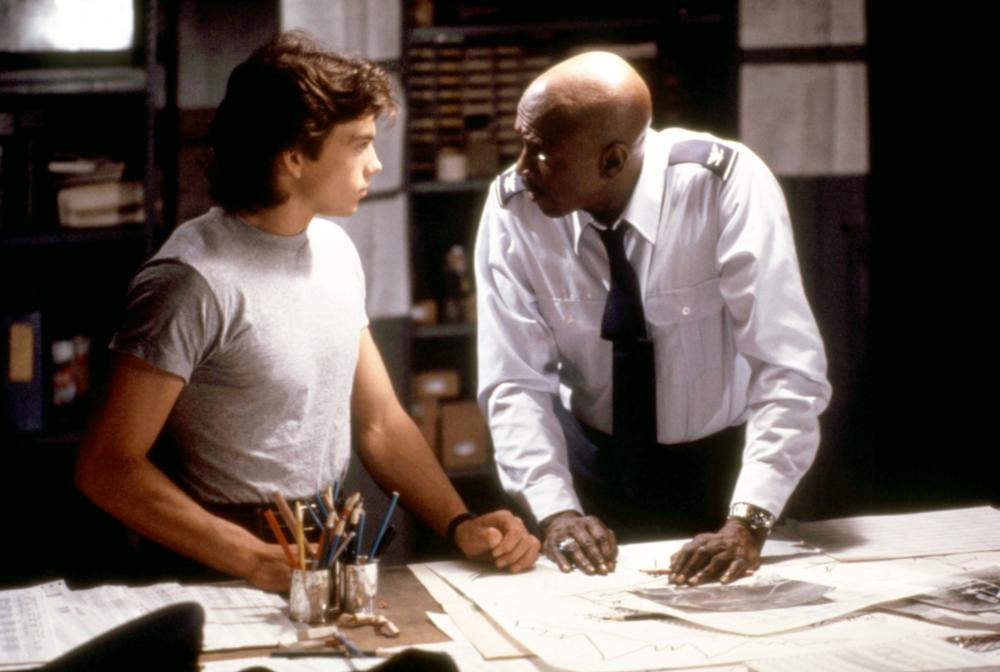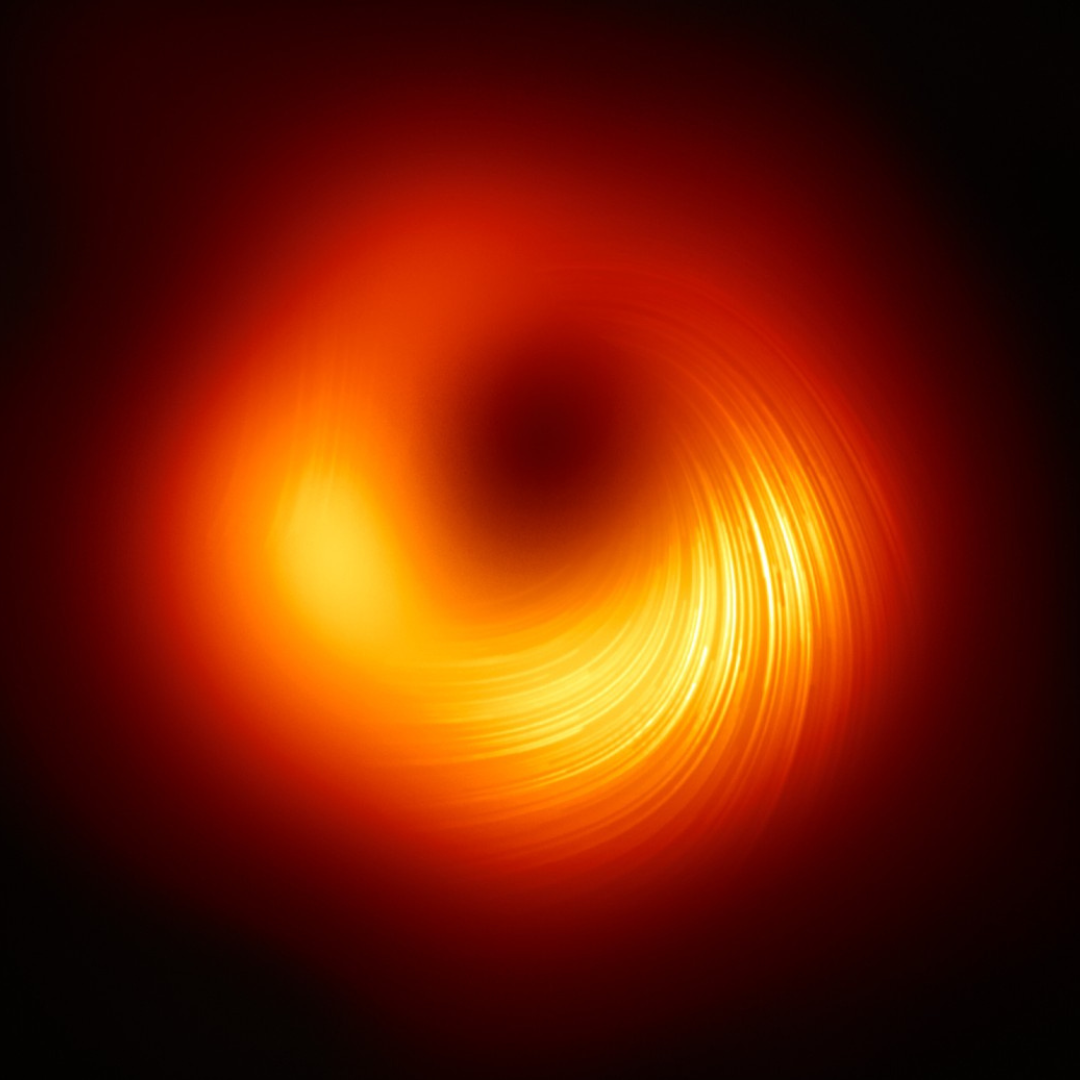We kinda know what happens if you get sucked into a black hole because of math (spaghettification, what outside observers would see, etc); can the same be said about worm holes? Would you even notice if you passed through one? What would they look like? What would someone watching someone else go through a wormhole look like?
Probably pretty cramped, worms are tiny.
I’ve seen that dune documentary, and they are really not.
“. . . you’d better be prepared for the jump into hyperspace. It’s unpleasantly like being drunk.”
“Well what’s so unpleasant about being drunk?”
“You ask a glass of water.”
feel
Nothing.
You would not feel a thing.
The only known wormholes are so tiny that only single elementary particles can pass through.
Now imagine that not one of the molecules of your body is missing, not one atom from that molecule, but only one elementary particle from one atom.
No way to feel that.
The Princess and the Pea, reborn
SciFi edition
Kinda depends on what that atom becomes once its constituent parts have changed. Perhaps nothing, perhaps it becomes something that explosively cannot exist.
I’m pretty sure a single atom could completely convert to energy, as in perfect E=mc^2 with no losses, and you still wouldn’t notice.
You’d notice if it happened on/near your retina, it was very dark, and you were paying attention. Other than that I don’t think you’re going to notice.
Theoretically could that cause an issue? I’m a computer guy and I think that if one bit on a computer is flipped, that could cause a major issue with the computer, but is that the same with a human?
The bits in a computer have different meaning. Some are super important, others are not. For example that 1 bit on your account balance that decides between 1 million and 2 million :-)
Biological bodies don’t have that flaw. Small parts can also have more significance than others, but the difference is not that problematic. And even such small parts are made of many many atoms.
Wormholes modeled with mainstream physics are incredibly unstable, to the point that they collapse before even a single particle is able to traverse them. Proposals for ways to stabilize a wormhole rely on models that have not yet been confirmed by experiment. So any answer you get is going to be little more than conjecture, and I don’t think you can get the scientific rigor it sounds like you’re looking for.
deleted by creator
Not supposedly, actually. Kip Thorne was a consultant.
Didn’t they travel through a wormhole? They poked a pencil through a piece of paper and everything!
Every time I see that, or similar, explanation on a piece of media it reminds me of Stargate SG-1 https://youtu.be/zBjbNqBjSMI
Context for the video, the guy is a technologically advanced alien trying to contact another alien species that’s light years away from earth. They’re also refusing to share technology with earth humans because they deem earthlings are too primitive. In that same episode they talk about quantum physics and their answer is “ahh, yes, I remember that, I studied it in school, together with other misconceptions”.
I love Stargate, in part because they take the time to explain things, sure, they do a bunch of stupid stuff too, but a lot of the time they’re fairly accurate, and when something needs to go against physics they even acknowledge that that’s not how it’s supposed to work.
Ask RFK Jr
Let’s assume a big stable wormhole and the gravitational forces of surrounding supporting objects are balanced perfectly, so a human can pass through in a small space capsule in the center.
In this scenario, you would just see the region of the other side twice and the space in between, a circle around the hole, stretched until you’re going through. While going through, some objects on the outside would look stretched.
If it’s not perfectly balanced, you won’t survive going through without being squished or torn. If you come too close to avsurrounding supporting object, you’ll get slingshotted away or will fall into them.
Can a physicist explain: does spaghettification destroy the object passing through by means of extreme elongation, or is it an external observation of extreme warping of the space, including the objects within it?
The first one, spaghettification is the result of the gravitational gradient across the object falling into the black hole.
From the perspective of an outsider, the opposite actually happens. The object falling in becomes more and more flat, dimmer and dimmer, and appears to stop moving, eventually becoming an infinitely dim 2d imprint on the surface of the event horizon
Spaghettification can actually occur outside the evet horizon in smaller black holes, as they have steeper gravitational gradients
I suppose the part i’m having trouble with, is that extreme gravitational gradients also bring with it extreme warping of space time. Meaning since the space is also being warped, with the object within it, is it actually being destroyed? So if a 1m3 object in a 1m3 space is acted in by an extreme gravitational anomaly that warps the space to 5m3, is the object actually being warped to 5m3, since the space itself is warped, i.e. it’s still relatively the same size as the space it occupies.
Not a physicist btw, so pls be gentle.
Spaghettification is completely independent of relativistic effects; it just has to do with the gravitational gradient near a very massive body. An object near a massive body experiences more gravity on its “near end” than its “far end” which causes a stretching force. This does mean that spaghettification would be noticeable, and likely very uncomfortable as you’re ripped apart by extreme forces.
Imagine you are falling, but someone hooks something onto your feet, and attaches it to a rocket that shoots downwards at a speed far faster than you are falling at, so fast that it rips your legs off.
That’s what spaghettification is. One part of your body is being pulled in so much harder than the other part of your body that it rips you apart.
Sounds like it’d be faster than the nervous system could process pain?
That depends on the specifics of the black hole you are falling into. It could be over in the blink of an eye, or it could be like one of those medieval torture machines. The main difference being the mass: a smaller black hole would kill you faster.
Objects can be destroyed by being too large and coming too close to a gravitational field. If the moon were to come too close to the earth it would break up due to the pull on one end being stronger (and too strong) than on the other. That radius can be calculated.
Funnily enough with supermassive black holes that radius actually lies inside the event horizon. So an object falling straight in there wouldn’t experience any spaghettification before the point of no return.
Wait, are worn holes a real thing?
Google for Einstein Rosen bridge.
On paper, yeah. We haven’t found any, though. At least, not that I’ve heard. But black holes were the same deal when I was a kid. Then we found one.
Interstellar might be your best basic reference for this. There was a lot of legit math that went into the movies effects.
deleted by creator
Depends we have multiple mathematical models for how wormholes work. Some models u cant cross through at all all. Some fuck with gravity so bad u would probably get Spaghetified. And some u wouldnt even notice except for the light looking all weird and cool af. There are multiple yt videos covering it including a really cool symulation iirc.









